
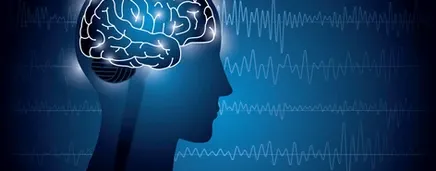
Neurofeedback Therapy is emerging as a promising treatment modality known to positively impact conditions such as PTSD, anxiety, depression, concussion / post-concussion syndrome (PCS), stroke, and TBI (traumatic brain injury). It has also been shown to improve attentional deficits, learning disabilities, and other cognitive impairments.
We currently do not offer neurofeedback therapy here at Resiliency, though we understand it is gaining interest in the field. Many of our patients have asked about it since it is becoming quite popular and entering the mainstream, so we wanted to offer some information about what it is. The concept of self-regulation discussed in this article is particularly relevant to our patients, as we utilize this approach when teaching our patients how to regulate their nervous systems during and after treatment.
What is Neurofeedback Therapy?
Neurofeedback Therapy is essentially a method for retraining the brain toward more desirable thought patterns and brainwave states. This happens through a feedback loop involving a computer-brain interface that provides real-time positive and negative feedback to the patient.
Neurofeedback is a type of biofeedback, which means certain information and metrics about physiological functions are being recorded in real-time during the therapy.
Neurofeedback, rather than involving heart rate, blood pressure, or skin temperature like other types of biofeedback, focuses solely on brain activity.
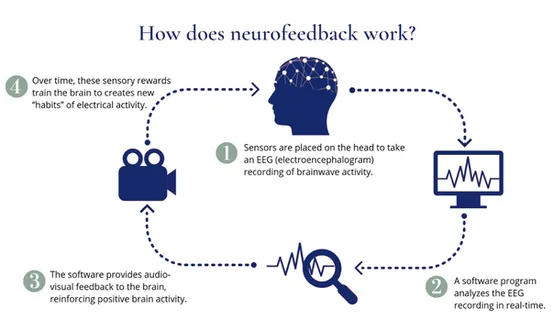
The patient wears an EEG cap that contains sensors placed at specific points around the head. These sensors detect and measure electrical activity across the various brain regions, sending live data to the computer interface.
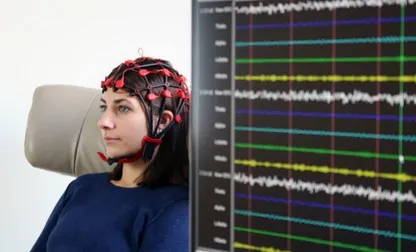
The computer program will then begin directing the client’s brainwave activity toward more desirable and controlled patterns through visual and auditory cues. They’ll get immediate feedback from the program when their brainwave patterns improve to reinforce those changes.
The idea is that patients can see their brain waves depicted in front of them. If they can learn to shift their thoughts to produce a desired pattern of activity, they can solve the harmful effects associated with the original pattern of activity.
What Are Brainwaves / Brainwave States?
The brain has billions of neurons, and each individual neuron connects (on average) to thousands of others. Communication happens between them through small electrical currents that travel along the neurons and throughout enormous networks of brain circuits. When all these neurons are activated they produce electrical pulses – visualize a wave rippling through the crowd at a sports arena – this synchronized electrical activity results in a brainwave, or brainwave state.
When many neurons interact in this way at the same time, this activity is strong enough to be detected even outside the brain. By placing electrodes on the scalp, this activity can be amplified, analyzed, and visualized. This is electroencephalography, or EEG.
One way that EEG brainwaves convey information is in their rate of repetition. Some oscillations, measured on the scalp, occur at more than 30 cycles per second (and up to 100 cycles per second) These cycles, also called frequencies, are measured as Hz or hertz. These brainwaves are typically lower frequency and slower when sleeping, and higher frequency and faster while awake and alert.
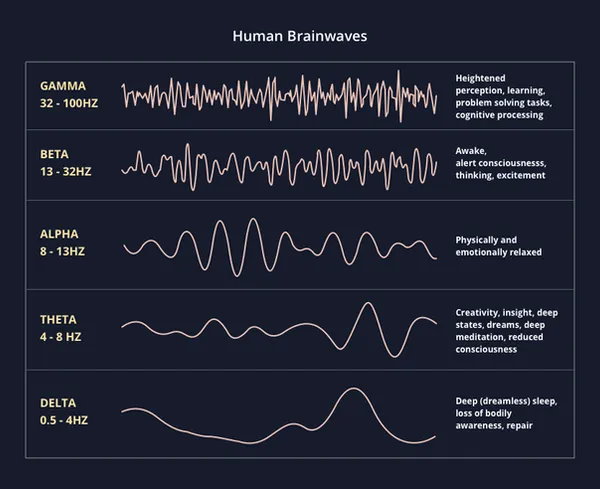
Overview of the Different Brainwave States
There have been 5 different brainwave states recorded through EEG. In order from slowest to fastest, these are: delta, theta, alpha, beta, gamma.
Delta (0.5 - 4 Hz)
During deep, restful sleep, the brain is in a delta state. This is when the brain and body can repair and heal the best. This is the slowest brainwave state.
Theta (4 - 8 Hz)
Theta is known to be the state associated with dreaming (whether daydreaming or during sleep), deep relaxation, and even creativity. Theta states have been recorded more in the brains of advanced meditators.
Alpha (8 - 13 Hz)
When in an alpha state, one feels relaxed yet fully present, allowing emotional and physical relaxation to occur. This is a meditative state where one feels completely calm, and we shift into alpha before we fall asleep.
Beta (13 - 32 Hz)
The majority of one’s active day will likely be spent in a beta state, which is the state of thinking, excitement, and stress. Being stuck in a beta state when trying to relax can be difficult and leads to chronic stress, however. Balance is important.
Gamma (32 - 100 Hz)
Gamma is the state of peak performance, high level problem solving, learning, and heightened cognitive activity.
The Importance of Self-Regulation
A major aspect of neurofeedback’s benefits is the concept of self-regulating brain activity. Brain injuries and conditions such as PTSD make self-regulation significantly more difficult, meaning that a stimulus can trigger a state of heightened sympathetic (fight-or-flight) activity, and it feels nearly impossible to calm down and switch back into parasympathetic (rest-and-digest).
The inability to self-regulate often occurs for our patients due to underactivity in one’s frontal lobe, which is the part of the brain meant to essentially “put the brakes'' on repetitive negative thought patterns, among its other functions.
Decreased activity in the frontal lobe and impaired frontal lobe connections are common in many cases of post-concussion syndrome, TBI, PTSD, depression, and anxiety, so we see learning self-regulation as a necessary part of a successful recovery.
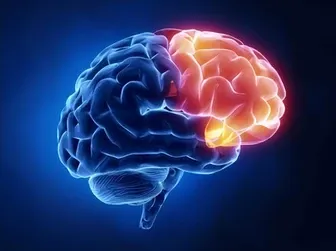
For example, many people with PTSD experience heightened activity in their amygdala (fear center) due to an impaired connection between the amygdala and frontal lobe. The frontal lobe is meant to calm the amygdala and allow the person to feel relaxed in their environment, but if that connection is damaged, the signals cannot be sent effectively, leaving the individual constantly scanning their surroundings for threats and feeling on-edge.

We can develop self-regulation as a skill by strengthening the frontal lobe’s connections to other parts of the brain through deliberate, consistent practice of neurofeedback, meditation, and other exercises.
Through neurofeedback therapy, one can recognize more quickly when they are in a stressful, hyperactive brain state such as high beta, and be able to use slow, deep breathing or other learned methods to switch into a more calm alpha state.
This ability is invaluable when recovering from a brain injury or mental health condition, as well as in general for living a human life with the resilience to overcome challenges.
Research suggests that neurofeedback therapy can be particularly effective when combined with other self-regulation exercises such as mindful breathing, humming, gargling water, and other practices known to activate the vagus nerve. These methods can empower the individual to cultivate more resilience and stability as they navigate life.
Conditions That May Benefit from Neurofeedback Therapy
While neurofeedback research is ongoing and ever-growing for a range of conditions due to the promising impacts, the following have been studied enough to show consistent benefit:
To become a patient at Resiliency, please fill out this contact form.